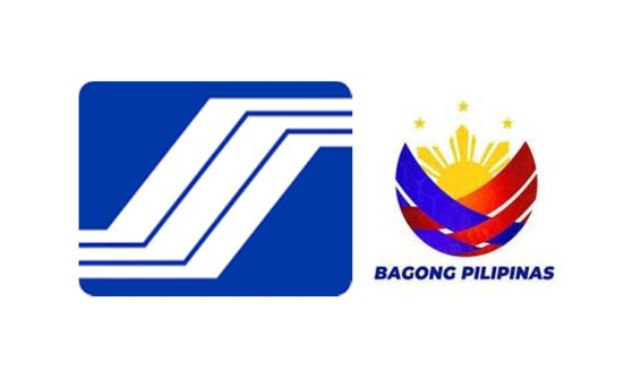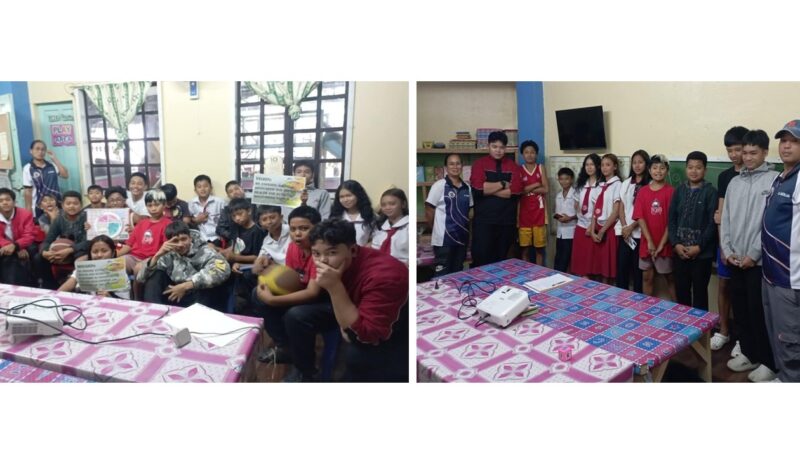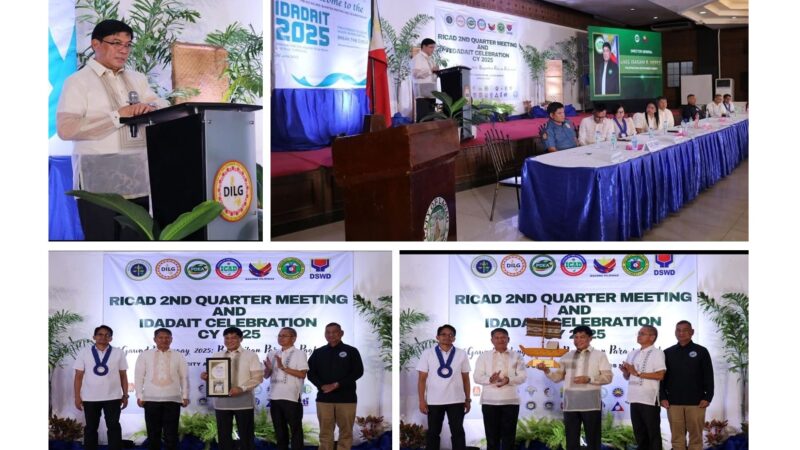SSS MATERNITY BENEFIT

SSS MATTERS (Christian Andrew Rillorta – Columnist)
One of God’s greatest blessings to women is the ability to conceive and become a mother. It’s a journey filled with anticipation, challenges and the profound joy of nurturing a new life. However, motherhood also comes with significant level of financial responsibilities.
To support expectant mothers and their families, the Social Security System offers the Maternity Benefit Program. It is a daily cash allowance given to a female member who is unable to work due to childbirth, miscarriage, or emergency termination of pregnancy (ETP) regardless of civil status, employment status, legitimacy of child, and frequency of pregnancy.
In 2018, Republic Act 11210 or the Expanded Maternity Leave Law was enacted giving qualified female members 105 days of maternity leave period with an option to extend for an additional 30 days without pay and granting additional 15 days for solo mothers. For miscarriage or ETP cases, they are given 60 days of compensable periods. This act was adopted by the SSS, thereby giving female members more reason why they should be a member of SSS.
To qualify for the SSS Maternity Benefit, a female member should meet the qualifying conditions. First condition is the number of contributions made. A female member should have at least three months contribution within the 12-month period prior to the semester of contingency. Take the case of “Mercy”, an SSS member for almost 3 years who gave birth to her first child last month. The month of September 2024 is within the last semester of the year – July 2024 to December 2024. Counting 12-month backwards from July 2024, “Mercy” should have at least three months contribution between July 2023 to June 2024 to qualify for the benefit.
Second condition is the accomplishment of Maternity Notification. Once a female member knew that she is pregnant, she should submit a Maternity Notification to her employer (if employed member) or directly to SSS (if she is voluntary, self-employed or OFW member). Under RA 11199 or Social Security Act of 2018, employers should pay in advance the Maternity and Sickness Benefit of their employees, then they will reimburse the benefit to SSS. Maternity Notification is submitted through the employees’ My.SSS Account. To create your online account, you may go to the SSS Webiste www.sss.gov.ph.
Mercy, an employee at a flower shop in the city, should have applied for Maternity Notification through her employer. She should have also received the benefit amount from her employer prior to the birth of her child. After or during her 105-day leave period, her employer will require her to submit a copy of the PSA-certified or Civil Registrar-certified birth certificate of her child. The employer will use this document to seek reimbursement from the SSS.
The amount of Maternity Benefit varies from each member depending on their contributions. The benefit is equal to the Average Daily Salary Credit (ADSC) multiplied by 105,120 or 60 days, whichever is applicable. ADSC is computed by adding the three-Monthly Salary Credits (MSC) within the 12-month period immediately preceding the semester of contingency divided by 180 days. Based on the records, Mercy’s posted three MSCs is at P 16,000. Following the formula, her ADSC is P 266.67 (P 16,000 + P 16,000 + P 16,000/180 days) therefore, her Maternity Benefit is P 28,000.00 (P 266.67 x 105 days).
Based on the formula, it is important to understand that the higher contributions you made, the higher benefit you will receive. Currently, those paying at the maximum MSC (P20,000) may receive as much as P 70,000.00 ((P 20,000 x 6 months)/180 days x 105 days) Maternity Benefit.
In our coming columns we will discuss more of the other six benefits so members and nonmembers alike may inspire and strive to contribute for their social security protection.
For any SSS topics you want to hear from me, suggestions, comments, please e-mail me at rillortac@sss.gov.ph






